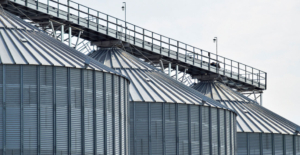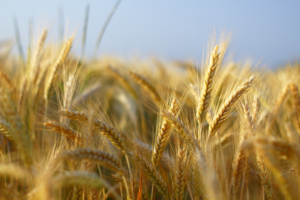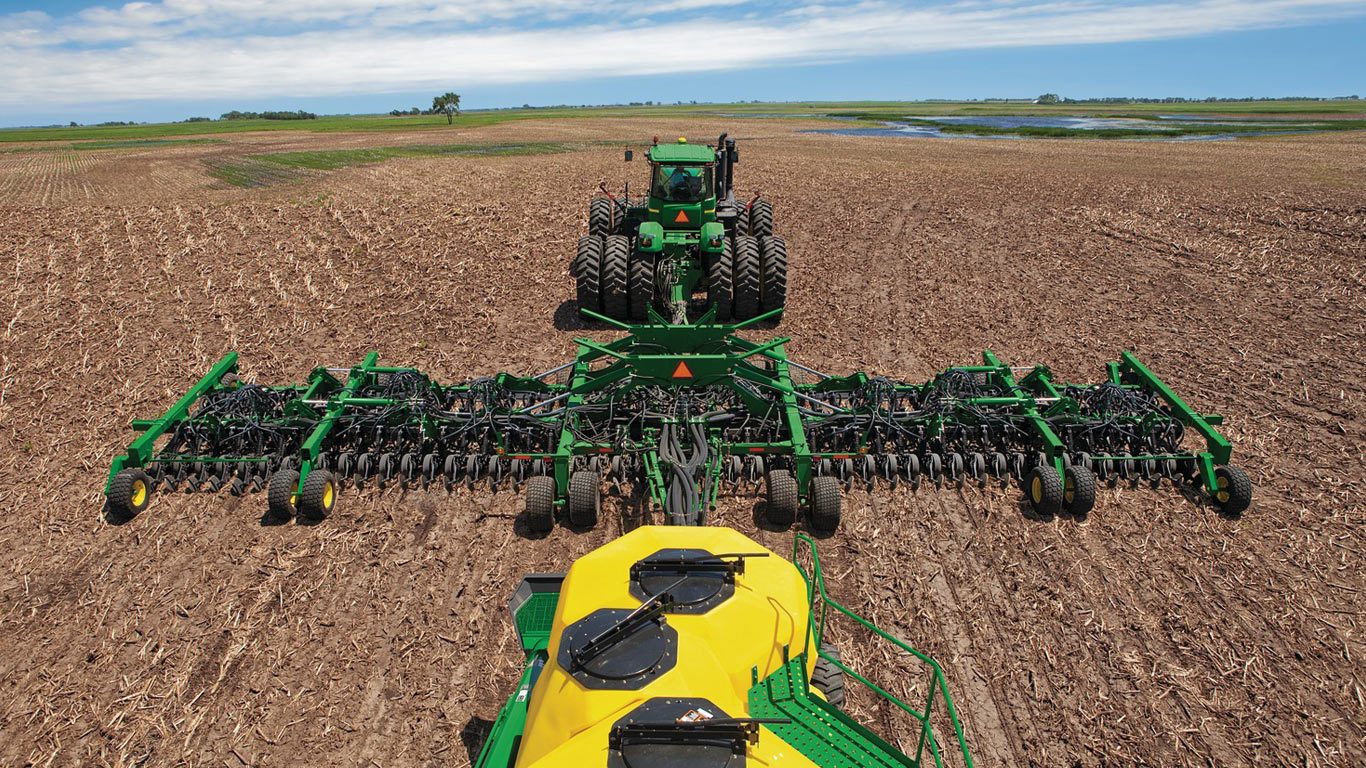Wheat Facts from USDA’s Grain Stocks and Prospective Plantings Reports
The USDA’s National Agricultural Statistics Service (NASS) released its latest Grain Stocks report and Prospective Plantings report March 31. The report echoed what many market analysts expected, tighter U.S. wheat stocks and higher planted winter wheat area. One significant exception was a slight decline in spring wheat planted area intentions compared to USDA’s previous prediction that planted area would be up.
The Grain Stocks report placed wheat storage at 27.2 MMT, down 22% from last year. The Prospective Plantings report estimated all wheat plantings up 1% compared to 2021 to 47.4 million acres (19.1 million hectares). Despite the increased planted acres year-over-year, if realized, the all-wheat planted area is the fifth-lowest since USDA began keeping records in 1919.
The initial market reaction reflected the relatively unchanged expectation for U.S. winter wheat and the more bullish spring wheat reports.
Grain Stocks
In the quarterly Grain Stocks report, all wheat stored as of March 1, 2022, was 1.02 billion bushels (27.7 MMT), down 22% from a year ago and the lowest in 14 years. On-farm stocks were estimated to fall 39% to 174 million bushels (4.7 MMT).
In North Dakota, the largest spring wheat producer, stocks were down 33%. In Kansas, the largest winter wheat producer, stocks were down 16%. Durum wheat, last updated on December 1, 2021, was reported to fall 30% year-over-year to 43 million bushels (1.1 MMT). Corn stocks were up 2% from last year at 7.85 billion bushels (213.6 MMT).
The latest Grain Stocks report, with reduced supplies, shows the impact drought had on the crop harvested in 2021. The March World Agricultural Supply and Demand Estimates (WASDE) reported U.S. ending stocks for all wheat classes at 17.8 MMT, 23% lower than last year. The next report will be published Friday, April 8.

U.S. Wheat Stocks Down. Following severe drought, U.S. wheat stocks are down significantly, according to the USDA 2022 Grain Stocks report.
Prospective Plantings
The 2022 Prospective Plantings report confirmed a predicted 2% increase in U.S. winter wheat planted area while indicating a similar percentage decline in U.S. spring wheat and durum planted area. This report is based on a farmer survey taken earlier in March.
In February, USDA expected U.S. winter wheat planted area of 34.4 million acres would be up 2% overall compared to the 2021 crop. Projections now are slightly less at 34.2 million acres, including 23.7 million acres of HRW, 6.89 million acres of SRW, and 3.62 million acres of white wheat (99% soft white).
However, the hard red spring (HRS) and durum prediction are down 2% from USDA’s February estimate to 13.2 million acres and 2% down from planted area in 2021. The report indicates that farmers intend to plant 11.2 million acres of HRS, down from 11.5 million acres in 2021. But durum intentions are pegged up 17% at just under 2.0 million acres.
USDA will update these farmer intentions at the end of June 2022 and provide a final planted area in its annual production report in January 2023.
Alternative Crops Expected Up
Farmers are now considering the profit potential of crops other than spring wheat. In fact, USDA’s survey shows farmers in the Northern Plains spring wheat and durum production area intend to plant 584,000 more acres of barley, dry peas, sunflowers, lentils and flax this year compared to 2021. That is what USDA expected based on the favorable prices of those alternative crops.

Alternative Spring Crop Planting Predicted Up. USDA’s 2022 Planting Intentions report suggests that U.S. farmers will plant more alternative crops like barley (above) in the spring wheat and durum production area.
There can be significant differences between the March Prospective Plantings, June Acreage, and final planted area of crops like spring wheat and durum. In addition to decisions about alternative crops, total planted area of spring wheat and durum will also be affected by the weather. DTN Contributing Analyst Joel Karlin provided perspective on these potential differences in a Progressive Farmer column published March 30.
The report suggests another crossover of U.S. corn and soybean planting intentions. Farmers told USDA/NASS they expect to plant 4% less corn and 4% more soybeans in 2022. If realized, soybean planted area of 91 million acres would be a record amount.


